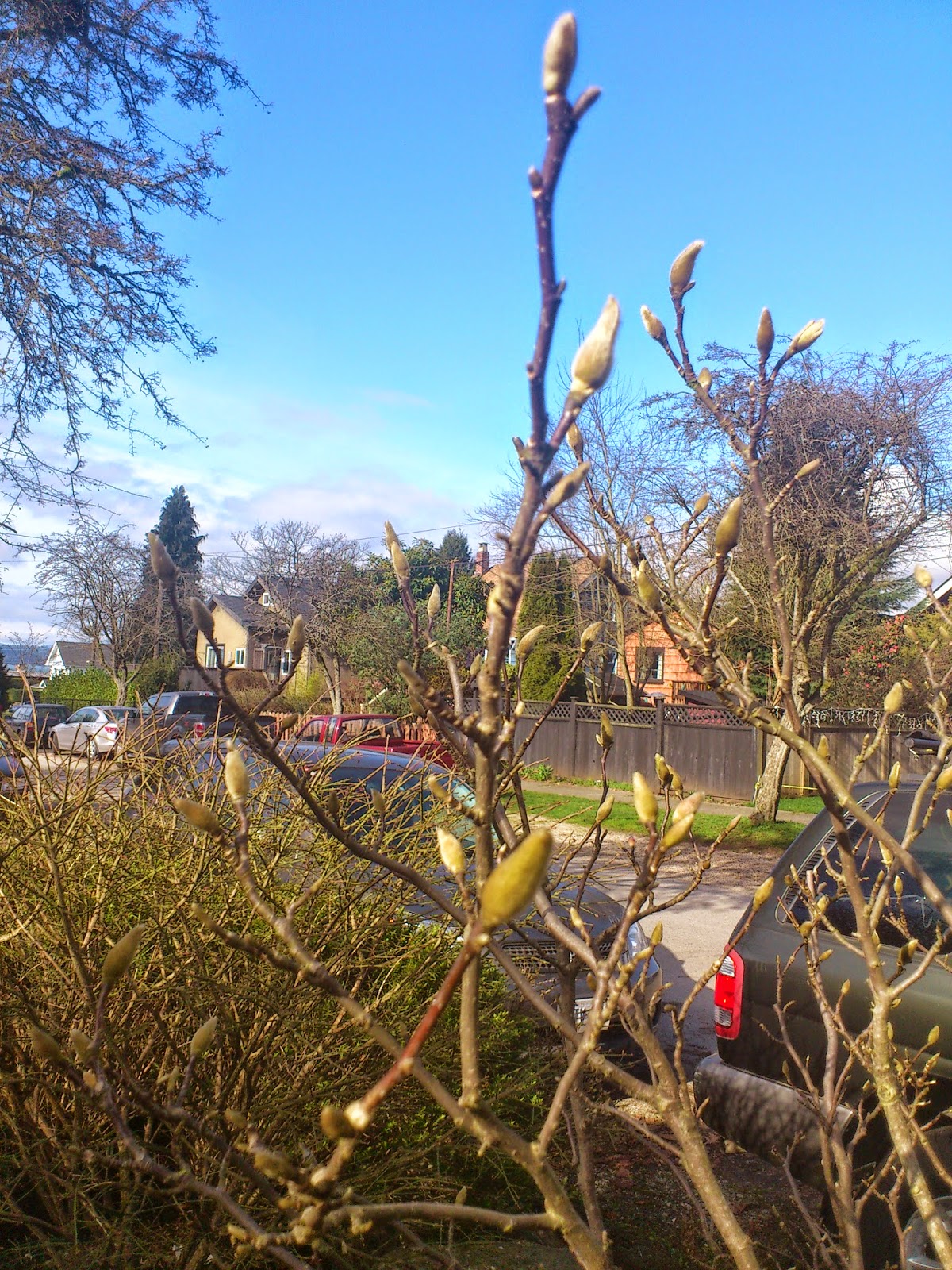The blog changed names due to a conflict with another entity with the former name. However, the content, Vancouver in its beauty and unique history, remain the same.
Subscribe to Vancouver Voyager by Email
Monday, February 23, 2015
The Methodist and the Madam
There were a number of arrivals to Granville in 1873. The barque Whittier brought a piano among its cabin furniture. The master sold it to Mrs. Schweppe who resold it to Mrs. Richards - the schoolteacher. She gave piano lessons in her rooms.
Methodist missionary-pastor, Reverend James Turner, arrived in 1873. He was soon known as the Minister of the Interior.
Reverend Turner's parsonage was at the northeast corner of Water and Abbott streets, across from Simmons' saloon, which was now called the Hole-in-the-Wall. Two doors west of the parsonage, just past Fernandez' store, Vancouver's madam - Birdie Stewart- opened a brothel. So Reverend Turner must have found lots to preach about!
Reverend Turner wasn't the only religious person in the area at the time. Next to the Hole-in-the-Wall, devout Mrs. Sullivan, a mulatto, set up a tiny restaurant. Her son, Arthur, opened a store and soon became the town's leading musician and a popular master of ceremonies. Mrs. Sullivan was Gastown's first Methodist and Reverend Turner held his first services in her kitchen.
Dr. William Wymond Walkem arrived on the scene in 1873. Walkem was the inlet's second - or maybe first - resident physician. He was employed by the mill and lived in a mill cottage.
One of the more important arrivals of 1873 was Henry O. Alexander. Henry was the first white native to be born in Vancouver. He would go on to rise to the position of judge, honoured and loved by many citizens of Vancouver.
According to one pioneer, this was the year that a famous civic institution began. The Negro cook of the Red Rover was caught stealing from a Gastown clothesline and put on a 'chain gang' until he was returned to the ship and it sailed. A light chain was secured to each ankle. The chain was long enough so it could be tucked over his belt while he was working on the roads. The chain gangs were used until 1910.
Captain Raymur was still trying to tame Gastown. He advertised in New Westminster's Mainland Guardian for a resident magistrate who would oppose the licensing of 'any Burrard Inlet houses that keep open after midnight or play cards on Sunday'.
The birth of Henry Alexander was overshadowed by farmer Hugh Burr on the North Shore. His wife gave birth to the inlet's first white twins - Emaline and Adeline.
Another interesting arrival was the Union. Two pioneers, their names are lost in the mists of time, welded together a square scow and a steam threshing machine then supplied it with a pair of paddlewheels. The two men went into the towing business.
The Union only had one speed - full ahead. She would start off with a long slack line on her tow, gaining speed and achieved a crack-the-whip effect at the end of the line. This set the Union back on her heels but at the same time, imparted a moderate forward velocity to the two. She would then gingerly tighten the line and plod up or down the inlet.
The only people who called her the Union were the owners. To everyone else, she was known as the Sudden Jerk.
I am getting this information from the book, Vancouver, From Milltown to Metropolis. Thanks goes to the author, Alan Morley.
I hope you find the beauty around you.














.jpg)

.jpg)

.jpg)

Has spring sprung already up your way. It is cold and wet still here. Enjoyed today's post and pictures. Have a great day and week.
ReplyDeleteIt is beautiful and sunny here! Supposed to rain towards the end of the week though
Delete